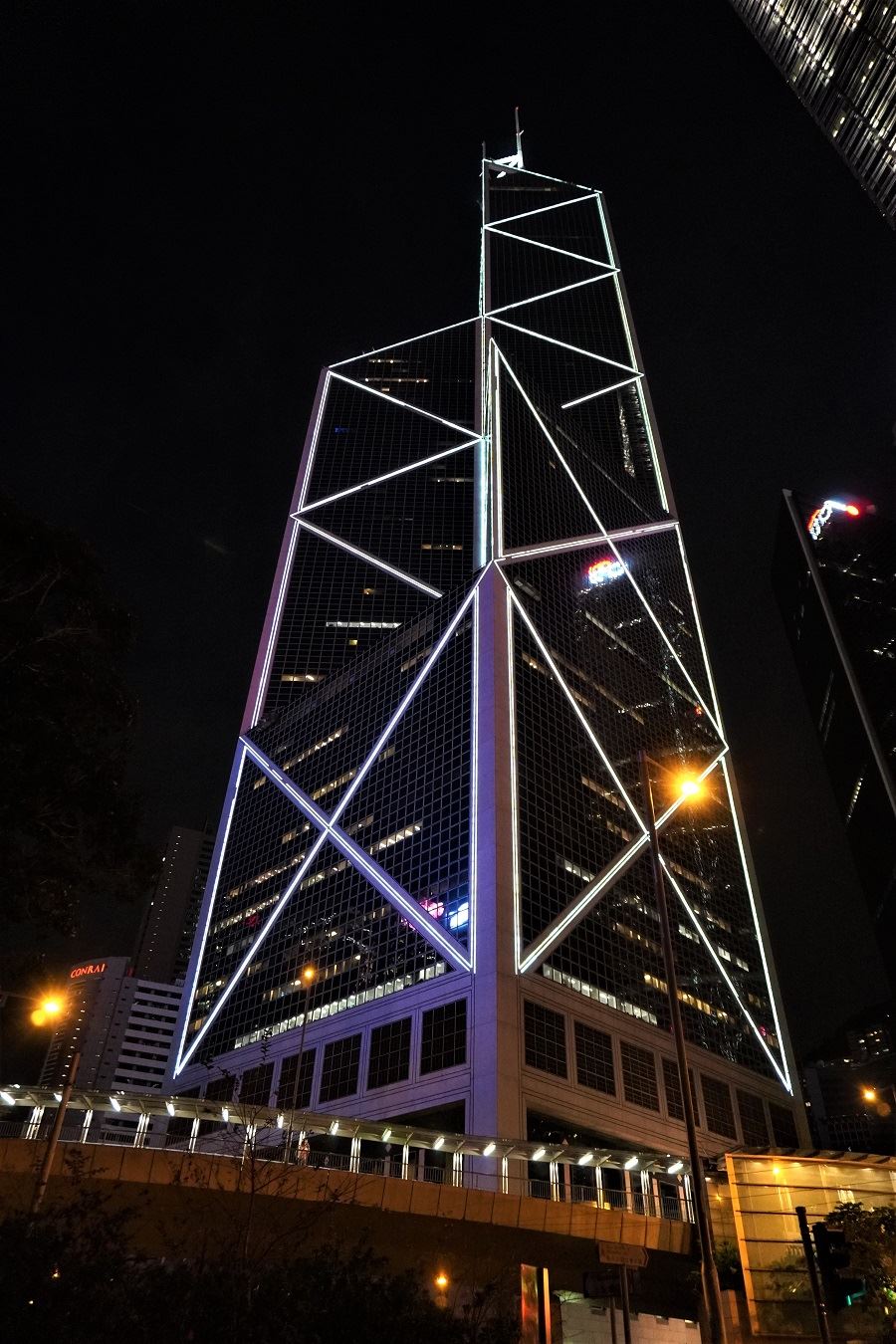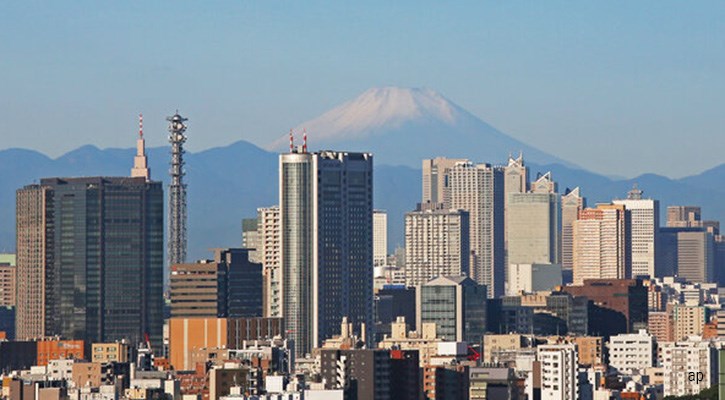
Investors are increasingly interested in responsible or sustainable investing. One of the most common terms used in the investment community is ‘ESG’ investing – or Environmental, Social, and Governance based investing. Recently Sustainalytics, a Canada-headquartered sustainable research firm, released the first of a new portfolio research series about where investors can get the biggest ‘ESG bang for their buck’ as they navigate the COVID-19 market recovery. Sustainalytics applies an ‘ESG at a Reasonable Price Score’ that helps investors find stocks with low levels of ESG risks that also trade at a relatively low price to earnings ratio.
We recently caught up with Doug Morrow, Director and Head of Portfolio Research at Sustainalytics, to talk about the report and the findings, and began by asking him what ‘ESG at a Reasonable Price means, and how the metric works.
Morrow: What the metric is designed to do is to help investors identify markets (and stocks) where they can get the biggest ESG bang for their buck. We call it ESGarp. It’s a portmanteau of ESG and ESG risk and growth at a reasonable price or GARP investment strategy. We calculate these scores by looking at ESG risk levels among companies in different markets around the world. At the same time, we look at how expensive these companies are from a price to earnings perspective, relative to their same sector global peers. So, the higher an ESGarp score, greater the likelihood that an investor can find stocks in that market that have a good ESG risk profile, but also trade at reasonable valuations.
Question: How would an investor use the ESGarp tool to identify ESG leaders from their response to the COVID-19 pandemic?
Morrow: The ESGarp scores are driven by Sustainalytics ESG Risk Ratings scores and are not centered explicitly around COVID-19. It's a much broader measure that considers all material ESG issues. But certainly, there are a lot of issues that have been brought to investors' attention as a result of COVID-19 and these would be reflected in the scores. For instance, the pandemic has really shone a light on ESG issues ranging from biodiversity loss, habitat loss all the way to how management teams engage with their employees and supply chain strategies. Here’s two quick observations in terms of what we're seeing from ESG leaders during the pandemic.
One would definitely be on the human capital side. In industries that have been distanced from the front lines, for example, financial services or some of the knowledge industries, we have seen a differentiated management response in dealing with workforce management. We've seen lots of companies step up and commit to a zero layoff, or a postponing layoff, model. We would argue that companies that find a way to retain their workforce even in a slow growth environment would be better positioned to compete in the rebound.
The second example would be product innovation. Lots of companies have strategically retooled their manufacturing capacity to try and build products that are needed during the pandemic response. These companies are emerging as leaders through their responses.
Question: Let's talk about the Asian markets now. China seems to be a sea of red across the board, indicating poor prospects from an ESG standpoint. What are some of the major ESG risks in China?
Morrow: There are a few. First, a macro risk is the relative lack of transparency. The world is moving towards more and more ESG disclosures. It's not just about the quantity of information, though; it's also about the underlying quality and integrity. The Chinese government has signaled that it is looking to improve the ESG disclosures of Chinese firms, but that has yet to really come to fruition. When our analyst team looks Chinese equities, typically we see a bit of a disclosure gap, in some cases, a very substantial one. That that tends to weigh on the scores and the performance of Chinese equities in our model. The other macro issue would be China's energy sector, because it still tends to be dominated by coal, which is associated with high levels of ESG, and indeed financial, risk.
Question: Does that mean that China has no opportunities for ESG investors? What are some of the things that investors in the region should look for?
Morrow: Not necessarily, I wouldn't say it means no opportunity. It just means that investors would need to work harder to find low ESG risk firms, and in particular, low ESG risk firms that also trade at reasonable valuations. When we look at our Chinese coverage, for instance, there are about 30 Chinese equities out of about the 350 that we cover that fall into our low ESG risk bin. That's not an enormous percentage from an absolute point of view. Investors just need to do their homework when navigating the Chinese market.
Question: What are some of the things that investors should look for when trying to find these companies?
Morrow: Not to overstate the importance of disclosure, but I do think it's up there. You definitely want to see ESG disclosures from Chinese firms on material ESG issues, ranging from how they're navigating the energy transition, health and safety metrics, community involvement measures, and other things like that. These are often lacking, but there are some cases where Chinese companies are doing a reasonable job. Also, just to reemphasize energy, you really can't overstate it. China's energy system continues to be dominated by coal. And coal is associated with high levels of both ESG and financial risks. So, we'd be looking to see from a product point of view and a strategic point of view, a shift away to sustainable energy.
Question: Does Hong Kong also perform poorly from an ESG standpoint?
Morrow: In general, Hong Kong performed better in our model than Mainland Chinese equities. The main reason again has to do with disclosures. The Hong Kong Stock Exchange was actually one of the first in the world to implement guidelines and incentives for companies to provide ESG information and in fact, mandated this as part of the listing requirements. So, that has kind of followed through, and has led to (certainly compared to China) relatively high levels of ESG disclosure. Some of the strength areas that we found for Hong Kong are the financials sector, and the real estate sector. Those would be some possible pockets where investors looking for good ESG companies at reasonable valuations might want to explore.











.png)









